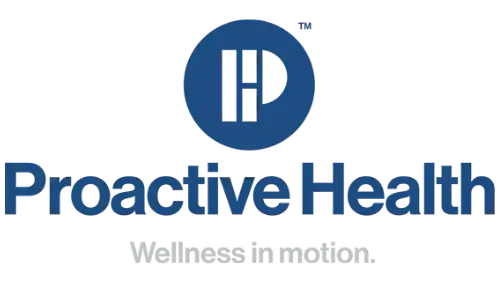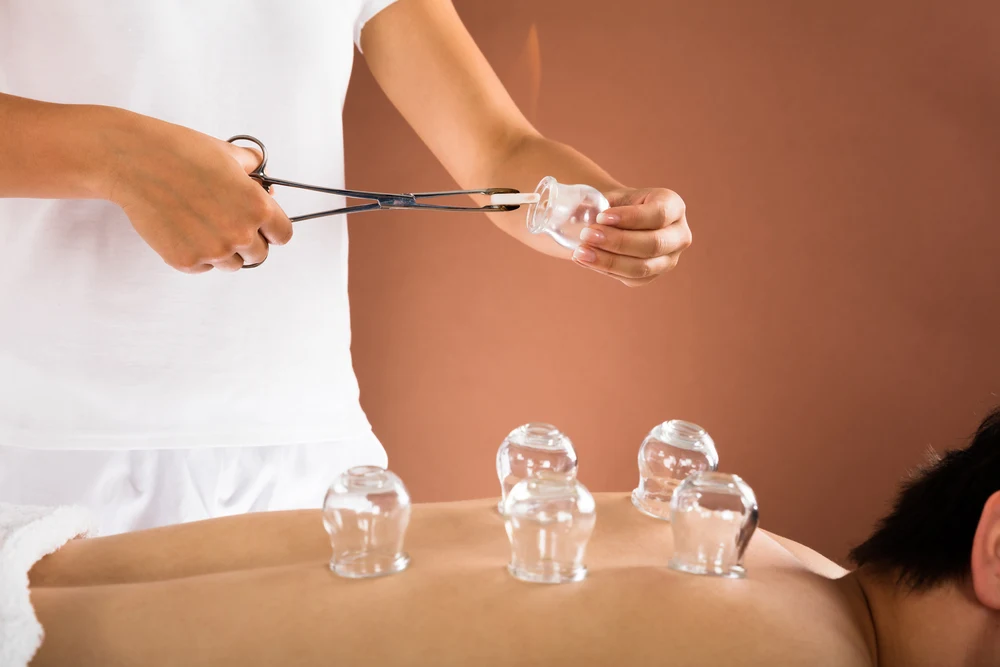Cupping therapy has exploded in popularity — from Olympic athletes to weekend warriors, everyone seems to be walking around with those signature circular marks. But as with any trend, there’s a flip side that often gets glossed over.
What about the dangers of cupping? That’s a real question — and one you should be asking before hopping on the table.
At Proactive Health, we offer cupping as part of our treatment toolbox. But we also believe in transparency. So let’s break it down: what cupping does, what can go wrong, and how to get the benefits without the risks.
What Is Cupping, Really?
Cupping therapy is an ancient healing technique that uses suction cups placed on the skin to increase blood flow, reduce muscle tension, and stimulate tissue healing. There are two main types:
- Dry cupping: suction only
- Wet cupping: involves light skin incisions and blood removal (not commonly used in modern PT clinics)
The suction creates negative pressure, lifting the skin and fascia away from the underlying muscles — like a reverse massage. This can relieve tightness, improve circulation, and promote recovery. When done right, it works. But that doesn’t mean it’s risk-free.
Let’s Talk About the Real Dangers of Cupping
We’re not here to scare you off. We’re here to educate you — so you know what you’re signing up for. Cupping can be incredibly effective if it’s done by trained professionals and for the right conditions. But here are some risks you should be aware of:
1. Skin Burns and Bruising
This is the most obvious — and most common — side effect. Yes, those circular marks are expected. But they shouldn’t hurt days later.
- Improper suction pressure or leaving cups on too long can damage capillaries and cause deep bruising or even blistering.
- Burns from fire cupping (where heat is used inside the cup) are also possible in less controlled settings.
At Proactive Health, we monitor every session and tailor suction intensity based on your tissue tolerance — no one-size-fits-all pressure here.
2. Infection Risk
Any time the skin is manipulated, there’s a chance for infection — especially if cups or skin aren’t properly sanitized.
- This risk increases with wet cupping, which involves blood exposure.
- Poor hygiene or reusing cups can lead to bacterial or fungal infections.
We only use medical-grade, sterilized equipment and non-invasive cupping methods — and we clean everything between each use. Period.
3. Aggravation of Certain Medical Conditions
Cupping is not for everyone. If you have any of the following conditions, you’ll want to be cautious or skip it entirely:
- Blood clotting disorders (e.g. hemophilia)
- Deep vein thrombosis (DVT)
- Open wounds, sunburns, or skin infections
- Severe varicose veins
- Cancer (especially metastatic or skin-related)
- Heart or kidney failure
People on blood thinners or with compromised immune systems should also be cleared by a physician first.
Don’t worry — at DOT, we screen all patients before applying cupping as part of a care plan.
4. Nerve Irritation
Just like with dry needling, nerves run close to muscle and fascia. Intense suction or cupping too close to certain nerve paths (like in the neck or lower back) can cause:
- Tingling or numbness
- Temporary weakness
- Hypersensitivity in the area
We avoid high-risk zones and always combine cupping with manual therapy to support tissue recovery.
5. False Expectations or Overuse
One underrated danger? Thinking cupping is a miracle fix.
Yes, it can help with tension and recovery — but cupping alone doesn’t correct imbalances, poor posture, or joint restrictions.
Some people chase that “marked-up” look like a badge of honor, but overusing cupping can lead to tissue sensitivity, bruising, and dependence without addressing the root issue.
At Proactive Health, we use cupping strategically — not repeatedly, not randomly, and not as your only tool.
How Do You Know If Cupping Is Right (or Wrong) for You?
Here are a few signs that cupping might not be a good idea — at least for now:
- You bruise very easily or have clotting issues
- You’re prone to skin allergies or dermatitis
- You’ve recently had surgery or have fresh incisions
- You feel dizzy or lightheaded after treatments
If any of these apply, your provider should know — and adjust your treatment plan accordingly.
What to Expect After a Safe, Professional Cupping Session
Here’s what you should feel after a properly done cupping session at DOT:
- Looser muscles and reduced tension
- Mild soreness (like post-workout)
- Circular marks that fade in 3–7 days
- Improved mobility in the treated area
Here’s what you shouldn’t feel:
- Pain that increases over time
- Swelling, pus, or fever (possible infection)
- Burning, numbness, or skin damage
- Any kind of systemic reaction like shortness of breath or dizziness
What If You Have a Bad Reaction?
If you’ve had a cupping session somewhere else and something doesn’t feel right, don’t brush it off. Give us a call or come in for an assessment. We’ll check for:
- Skin infection or allergic reactions
- Nerve sensitivity
- Muscle or fascia over-compression
- Underlying issues that were missed in the original session
We’re not here to trash other clinics — but we are here to offer second opinions if something doesn’t sit right with your experience.
How We Do Cupping Differently at Proactive Health
Here’s the difference when you work with us:
- Thorough Assessment First: We never slap cups on you without understanding your goals, history, and limitations.
- Clean, Medical-Grade Tools: No re-used, gym-style plastic cups. Ever.
- Skill-Based Customization: We blend cupping with manual therapy, joint work, and exercise. You’re never left with just suction.
- Progress Tracking: Every session has a goal — not just marks.
We don’t treat symptoms; we treat systems. Cupping is just one tool in a broader, movement-focused strategy to get you better, faster.
Prevention: How to Stay Safe if You’re Considering Cupping
Even if you don’t come to us (yet), here’s what you can do to keep cupping safe:
- Check credentials: Make sure your therapist is licensed and trained in orthopedic or sports-based cupping techniques.
- Avoid self-cupping kits unless you’re 100% confident in your technique and condition.
- Listen to your body: Any sharp pain, burning, or lingering soreness after cupping isn’t normal.
- Hydrate and rest post-session to help your body flush out the metabolites released during treatment.
Bottom Line: Cupping Can Help — But Only If It’s Done Right
The dangers of cupping aren’t something to ignore — but they also shouldn’t scare you away from a powerful, proven therapy when used responsibly.
The real danger? Getting cupping from someone who doesn’t understand the body, doesn’t listen to yours, and uses it as a one-size-fits-all solution.
At Proactive Health, we believe in personalized care. Whether you’re dealing with muscle tightness, recovery from injury, or want to feel looser after workouts — we’ve got options. Cupping might be one of them. Or it might not.
But we’ll walk you through it, keep it safe, and make sure you actually get results.
Book a Consultation with Proactive Health
Want to try cupping — the right way? Or had a bad experience and want a second opinion?
Book your session today and experience the difference with a licensed, medically-trained therapist who understands movement, recovery, and your goals.
We’ll assess your needs, explain every step, and only use cupping if it truly supports your recovery plan.



